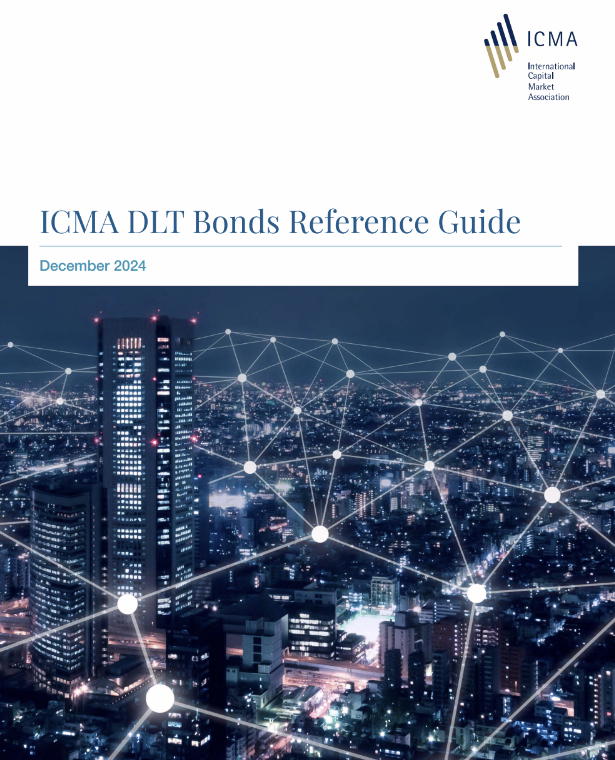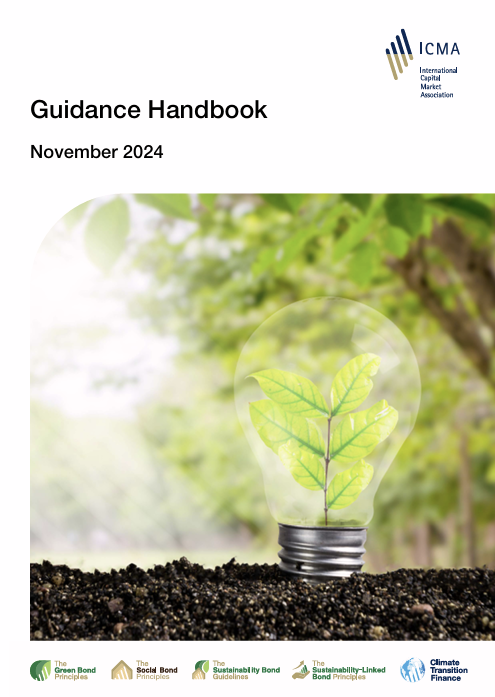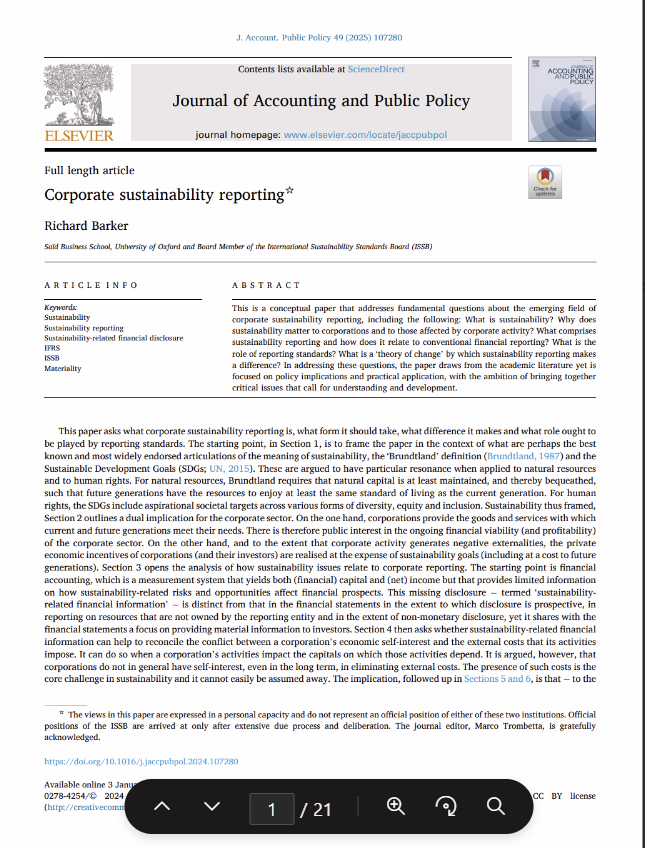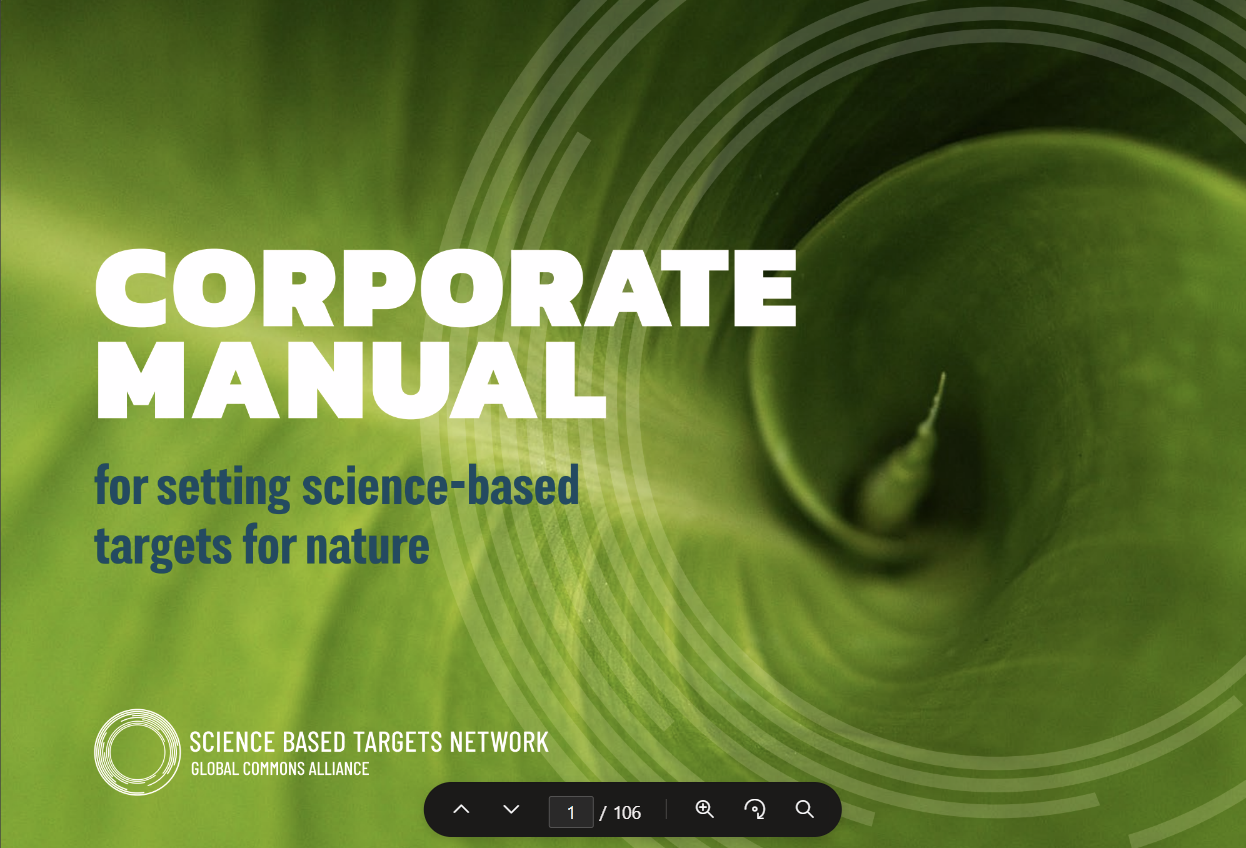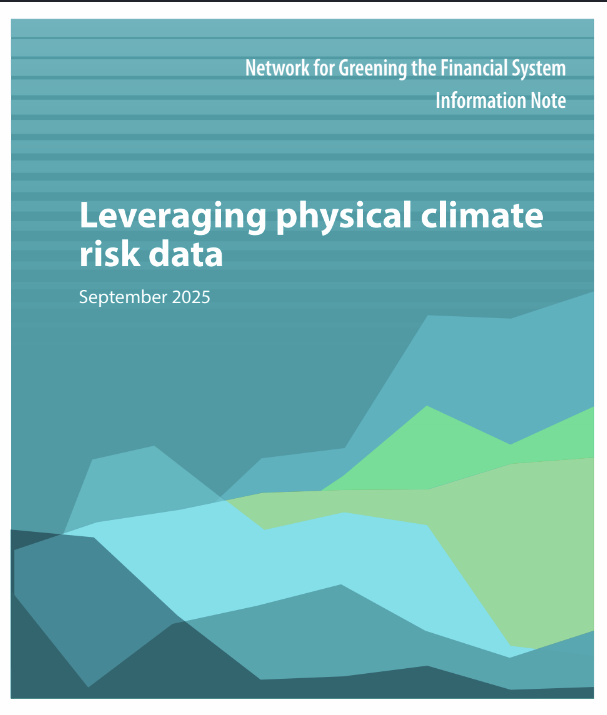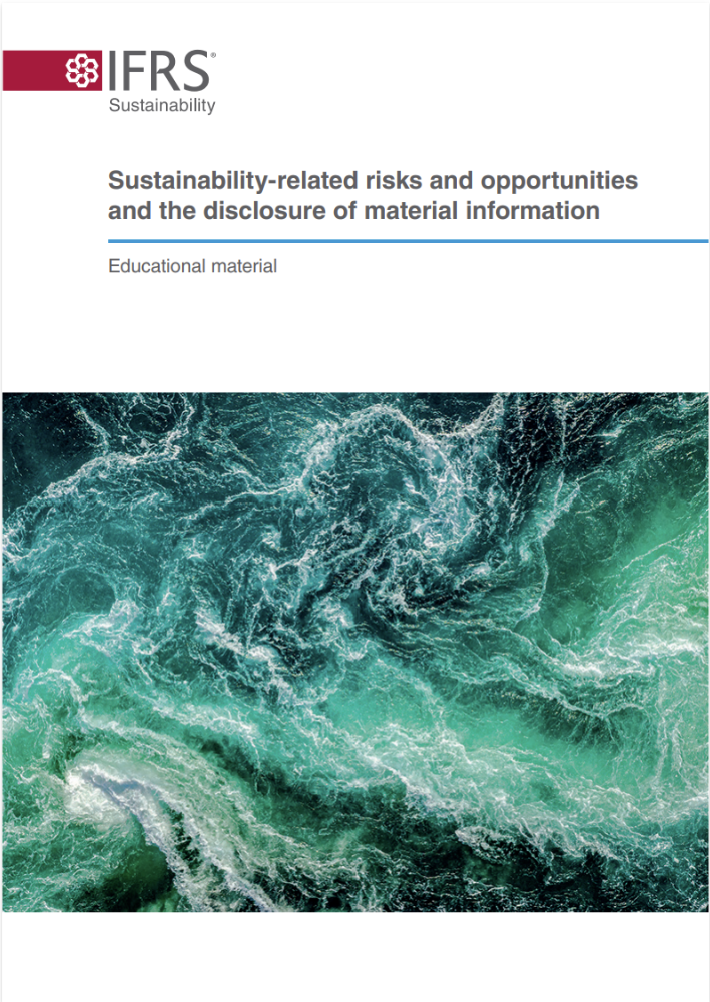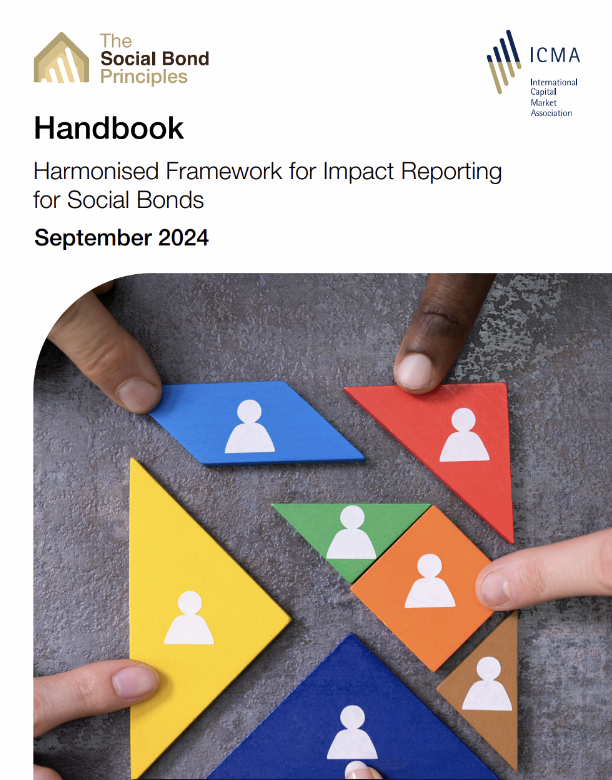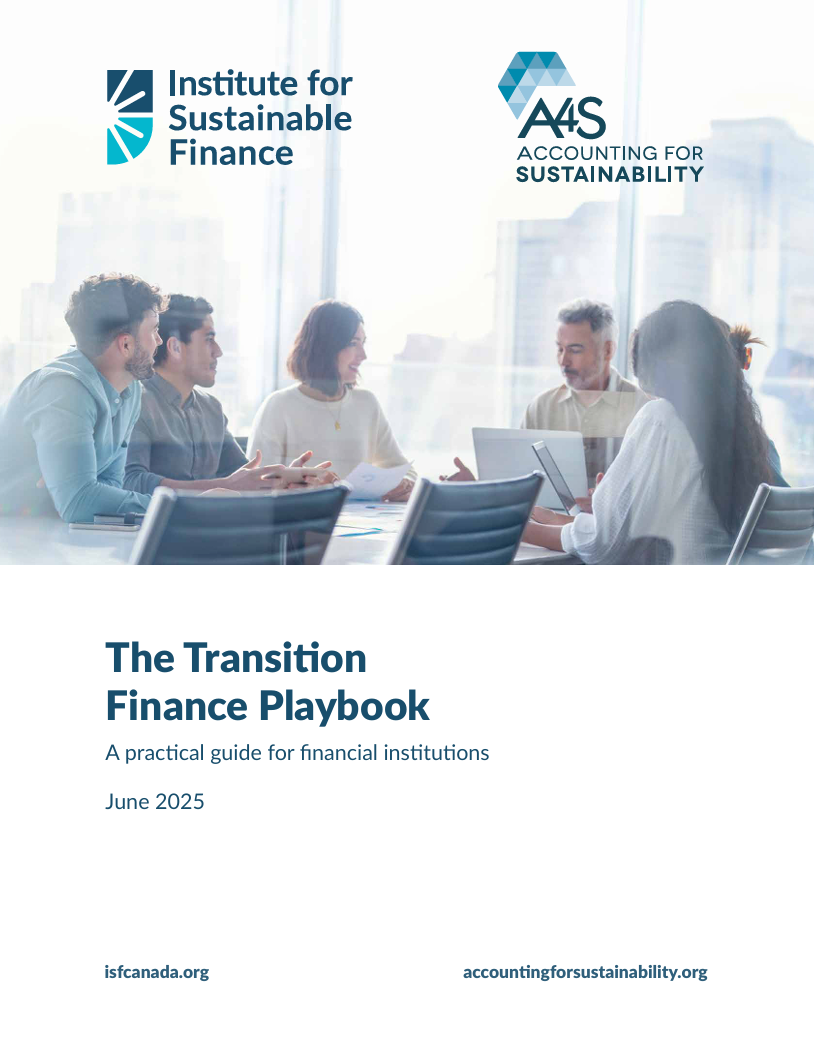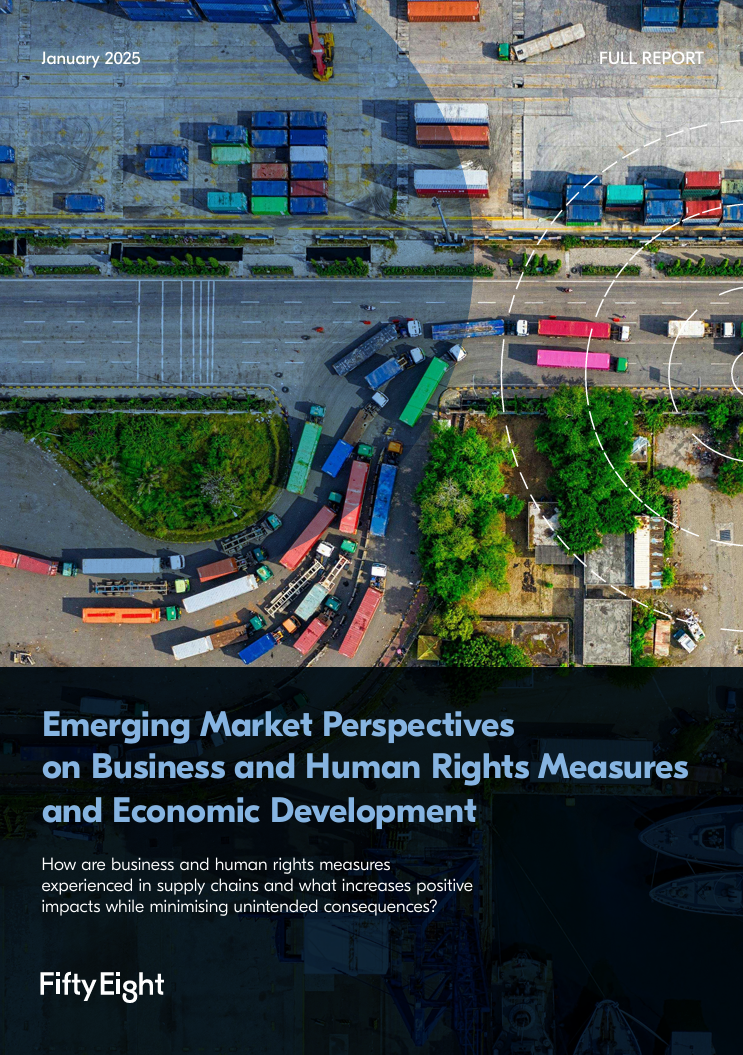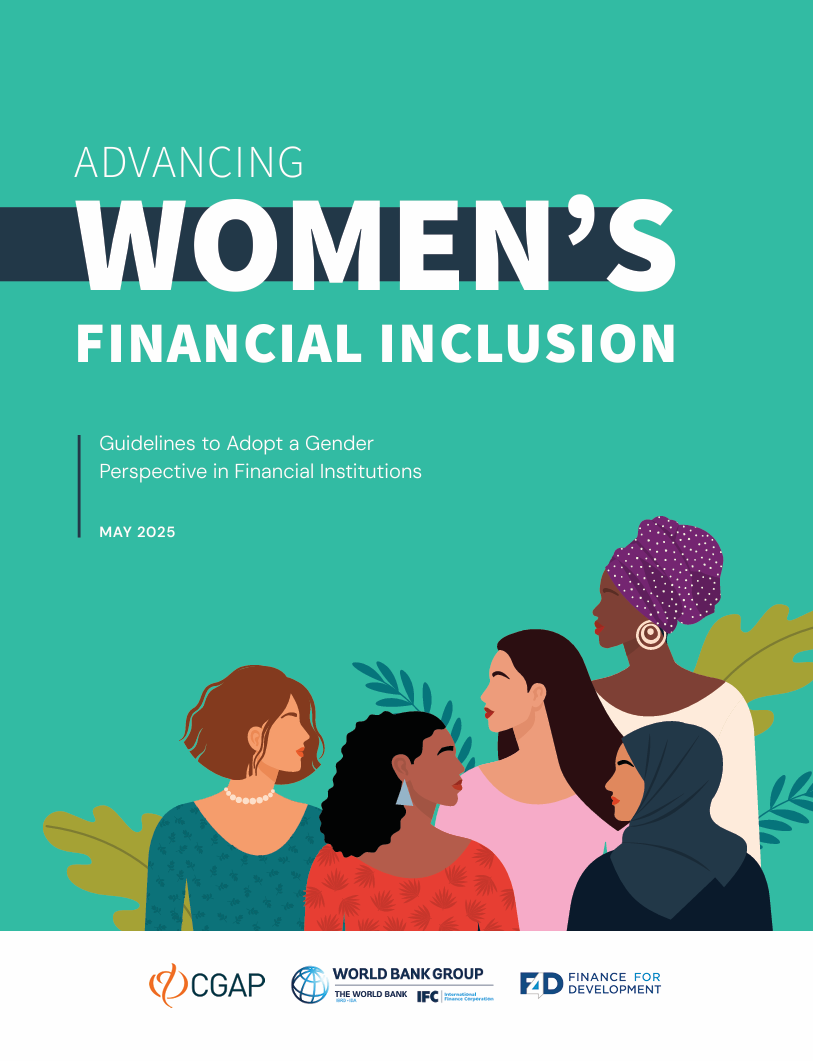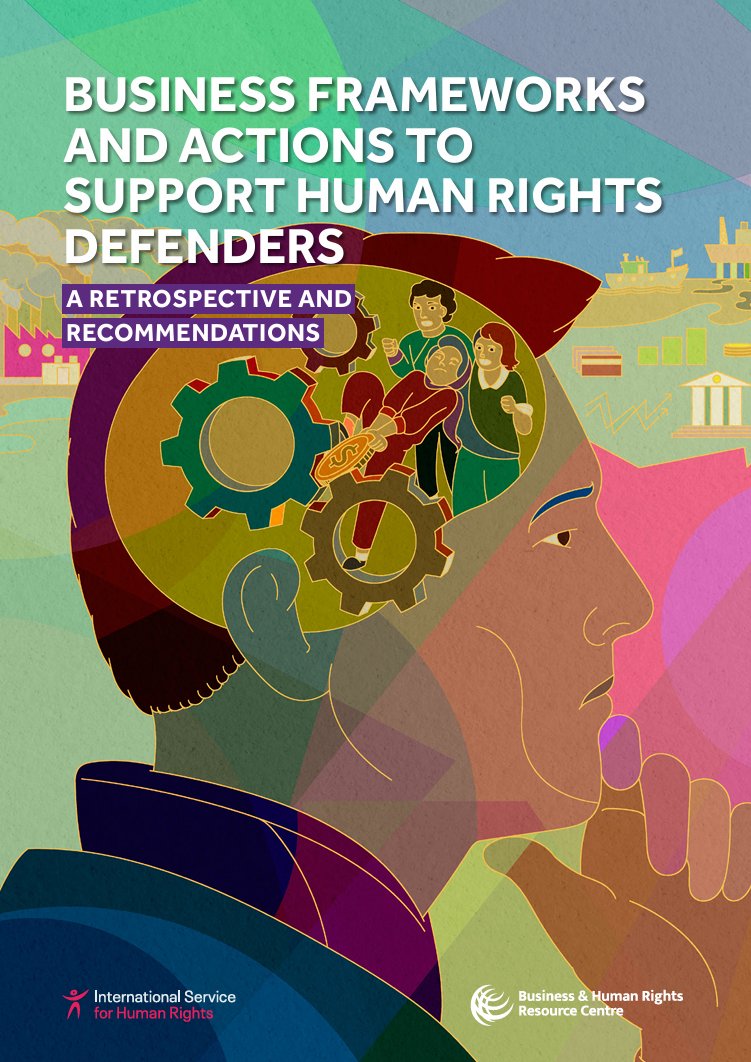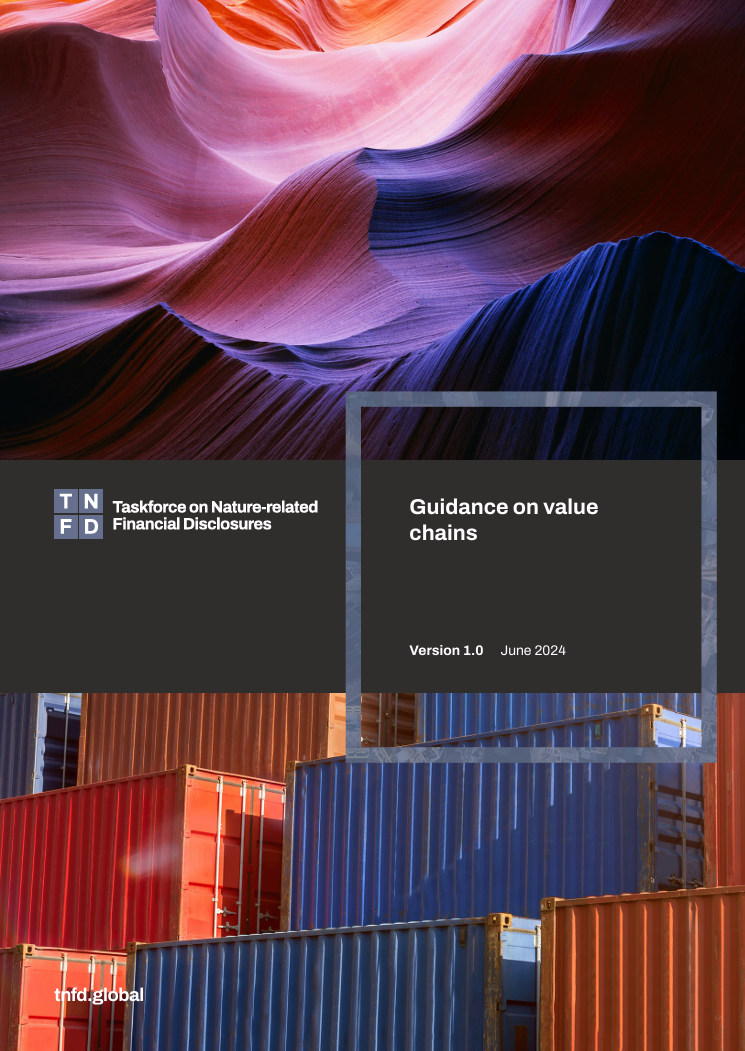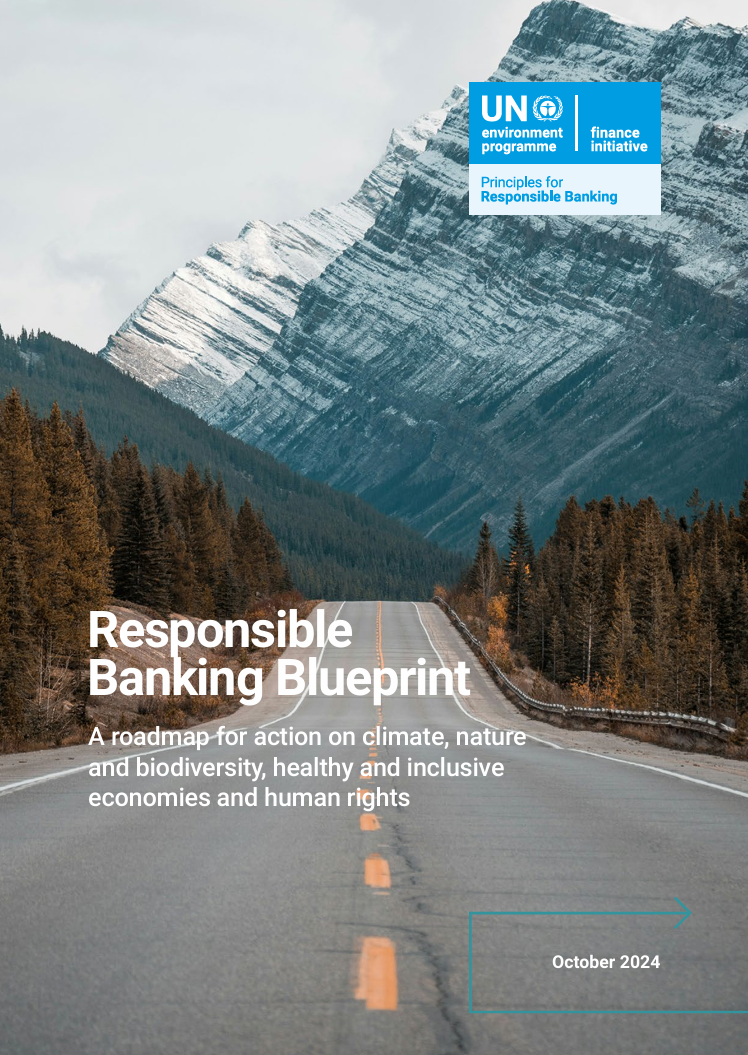Library | Sustainable Finance Practices
Industry standards and guidance
Voluntary standards, non-legislative frameworks, methodologies, and best-practice guidance that support financial institutions in achieving sustainability objectives.
Refine
147 results
REFINE
SHOW: 16


ICMA DLT bonds reference guide
ICMA’s DLT Bonds Reference Guide outlines practical considerations across the lifecycle of distributed ledger technology-based debt securities. It addresses legal, regulatory, operational, trading, settlement and investor issues, aiming to support consistent market practice and wider adoption while reducing fragmentation in global bond markets.
Guidance handbook: Sustainability-linked bonds
The ICMA Guidance Handbook (November 2024) consolidates interpretative guidance on Green, Social, Sustainability and Sustainability-Linked Bond Principles, covering use of proceeds, reporting, verification, secured bonds and market issues. It supports consistent application and market integrity across sustainable debt markets.
Corporate sustainability reporting
This conceptual paper examines corporate sustainability reporting, distinguishing investor-focused sustainability-related financial disclosure from broader impact reporting. It argues investor interests are imperfectly aligned with societal goals and concludes that complementary financial and impact reporting standards are needed to support accountability, capital allocation and sustainability transition.
Corporate manual: For setting science-based targets for nature
This manual provides practical guidance for companies to set science-based targets for nature, outlining a structured, science-led process to assess impacts, prioritise actions, and set targets across land, freshwater, climate, and biodiversity, supporting credible, transparent corporate sustainability action.
Leveraging physical climate risk data
The report outlines data requirements for assessing physical climate risks, highlighting gaps in hazard, exposure, vulnerability, and adaptation information. It reviews emerging tools, stresses limitations in insurance and asset-level data, and recommends capacity building, collaboration, and improved data systems to enhance financial sector climate-risk analysis.
Sustainability-related risks and opportunities and the disclosure of material information
This educational material explains how entities identify and disclose material sustainability-related risks and opportunities under IFRS S1 and S2, focusing on impacts on cash flows, access to finance and cost of capital, and applying consistent, entity-specific materiality judgements.
Harmonised framework for impact reporting for social bonds handbook
The handbook provides a harmonised framework for issuers to report social bond impacts, outlining core reporting principles, target population disclosure, and preferred quantitative indicators. It introduces sector guidance—initially affordable housing—and offers templates to support consistent, transparent, and comparable impact reporting across social project categories.
The transition finance playbook: A practical guide for financial institutions
A practical guide outlining how financial institutions can scale transition finance through governance, eligibility criteria, portfolio segmentation, due-diligence enhancements and engagement. It highlights Canadian market context, barriers, and actionable “top tips” to support credible decarbonisation, stewardship and collaboration across the financial system.
Emerging market perspectives on business and human rights measures and economic development
The report examines how business and human rights measures affect emerging-market suppliers, highlighting benefits such as market access and worker protections, alongside major compliance burdens and unintended consequences. It recommends bottom-up design, fairer contracting, capacity support and collaborative implementation to improve outcomes.
Advancing women’s financial inclusion: Guidelines to adopt a gender perspective in financial institutions
The report outlines guidelines for financial institutions to integrate gender perspectives across governance, management, staffing, communications, and product design. It promotes data-driven policies, bias reduction, inclusive culture, tailored financial solutions for women, and strategic partnerships to enhance women’s financial inclusion and strengthen institutional performance.
Business frameworks and actions to support human rights defenders: A retrospective and recommendations
The report reviews how businesses can better respect and support human rights defenders by strengthening policies, due diligence, and accountability. It outlines emerging frameworks, examples of company action, implementation challenges, and recommendations for companies, investors, multistakeholder initiatives, and States to safeguard civic freedoms and address risks linked to business activities.
Agriculture sector climate change scenarios and adaptation roadmap
The report outlines climate change risks and opportunities for New Zealand’s agriculture sector, presenting shared scenarios and an adaptation roadmap. It identifies key challenges, drivers of change and priority actions to strengthen resilience, guide investment, support innovation and enable a coordinated, sector-wide response.
Guidance on value chains
This guidance outlines how organisations can assess nature-related dependencies, impacts, risks and opportunities across their value chains. It explains common challenges, approaches using the TNFD LEAP framework, and the role of primary and secondary data. It also summarises how major sustainability frameworks address value chain considerations.
Responsible banking blueprint: A roadmap for action on climate, nature and biodiversity, healthy and inclusive economies and human rights
This report outlines a blueprint for responsible banking, detailing how banks can embed climate, nature, human rights, and inclusive economy considerations into strategy, governance, client engagement, capital allocation and disclosure. It provides guidance on setting and implementing targets to align portfolios and practices with global sustainability frameworks.
Nature enters the boardroom
This report examines how Australian boards are beginning to integrate nature into governance, identifying rising awareness of nature-related risks, early adoption of frameworks such as TNFD, and varied oversight and disclosure practices. It highlights barriers, emerging approaches, and the growing financial relevance of nature for organisational decision-making.
Oxygen Consulting
Oxygen Consulting offers specialist sustainability consulting services across carbon, climate and nature, sustainability strategy and advisory, disclosure and reporting, audit and assurance, and capability development. Serving organisations in New Zealand across diverse sectors, it supports measurement, strategy formation and robust sustainability-governance frameworks to drive meaningful business impact.
